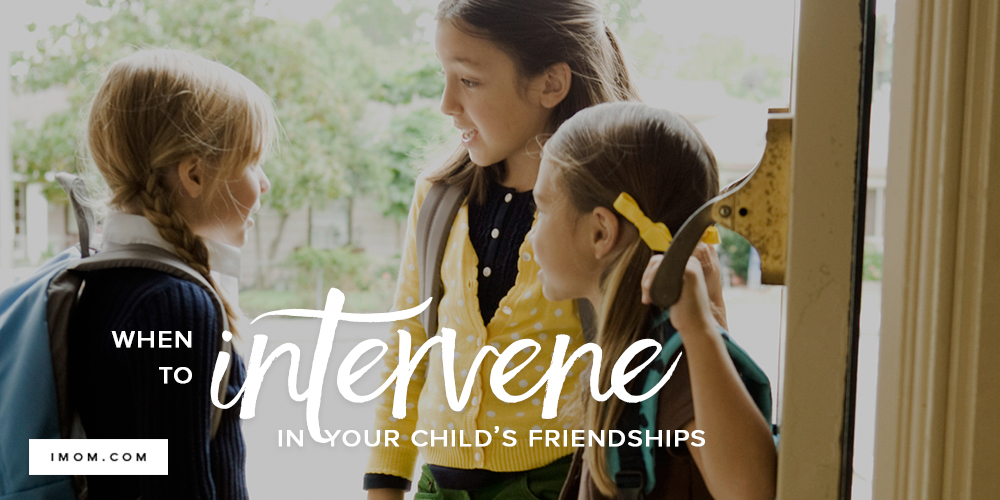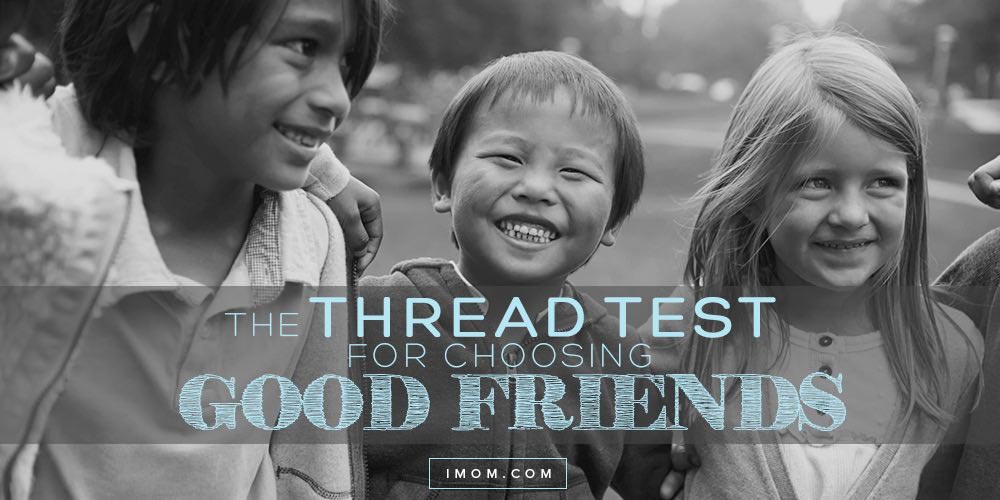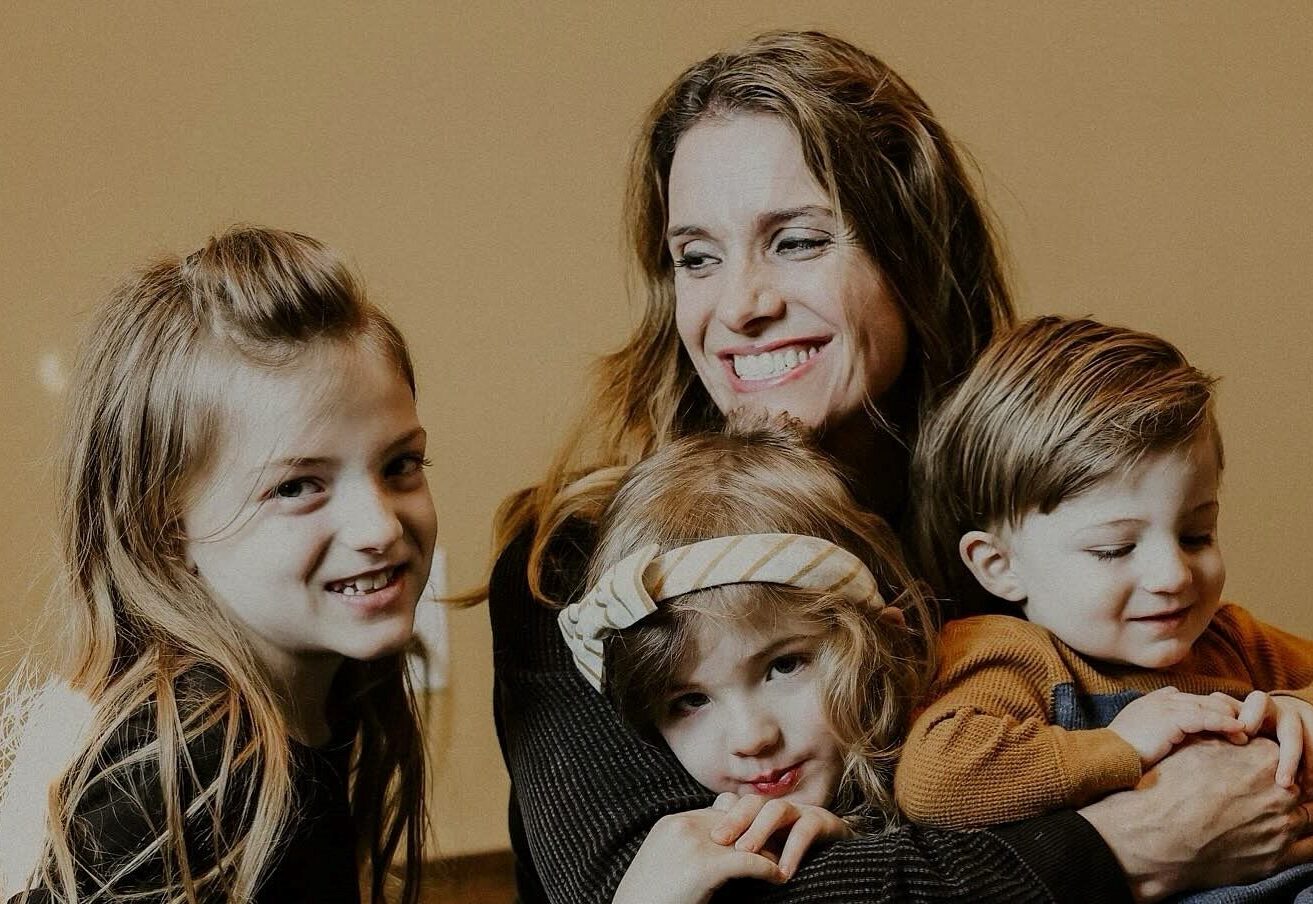“But…that’s my new one, Emma,” I heard my daughter whine from the next room. My ears perked up to the conversation between my youngest daughter and her friend. I listened as Emma convinced her to give up her brand new doll, promising to return it “someday.” If she didn’t agree, Emma said she was going to leave. My daughter gave in.
I thought, “How can she say yes to that?” But I wasn’t surprised. My 7-year-old is a peacemaker; she’ll do whatever it takes to make people happy, even if it means being a pushover. And so, I began to look for ways to talk to her, in words she could understand, about how to not be a pushover. Here are 5 steps to help give your peacemaker a voice (and they work for adults too!).
1. Start with questions.
When you are alone, ask your child some questions to get the conversation going, like: “Why did Emma take your new doll home?” “How did you feel about that?” Be careful not to speak in an angry or disappointed tone of voice or she might feel like she did something wrong. Remember, your child does not really understand what happened.
2. Explain what happened, in kid terms.
“Manipulation” is a big, grown-up word. Instead, try saying something like, “When kids are playing, a lot of times, they want their own way. And that’s normal. Kids can ask to get their way, but it’s not okay to DEMAND it. When a kid says, ‘IF you don’t do what I want, THEN I will do this mean thing to you, like go home, or leave you out,’ that’s not okay.”
3. Challenge your child to call the pushy kid’s bluff.
Ask her, “Do you really think Emma would go home if you didn’t let her have your new doll?” Your child might say yes, but explain to her that 9 times out of 10, her friend is not really going to go home. She wants a friend to play with.
4. Talk about what might happen next.
Your child may ask, “What happens if she really does go home?” This is the tough part… Let her go. Challenge your child to let the friend leave, or not invite you to her birthday party, or whatever the threat may be. This is the scary part for a peacemaker to grasp because this means accepting a non-peaceful situation. But be sure to explain the benefits of doing this “tough” thing:
- Maybe the next time you see this friend, she will be nice to you again. She will remember to treat you nicely from now on. Or…
- Maybe she still won’t be nice to you. Perhaps the same thing will happen all over again. In that case, here are some words you can use:
- “That is my new (or special) toy. I’m not ready to share it yet.”
- “Maybe next time.”
- “Let’s take turns.”
- “I don’t want you to go home, but I can’t let you take my new toy.”
You can even try role-playing with your child. You pretend to be the pushy friend while your child tries some of these phrases on for size. Make sure the conversation goes both ways, so that she can be fully prepared for both a positive and a negative response.
5. Talk about what makes a good friend.
Most kids just play with whomever comes their way, without really thinking about what kind of person she is. So, this is a good time to talk about the qualities we want to look for.
When our children begin to look for the qualities they really want in their friends, it will pay off in the long-run. Even much later, this will pay off as they look for a life-long partner.

What are some ways you teach your child how to not be a pushover?










